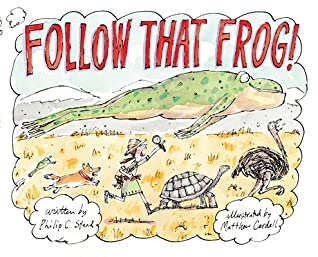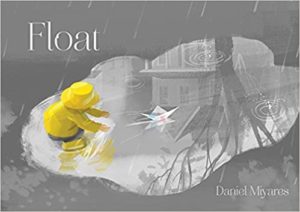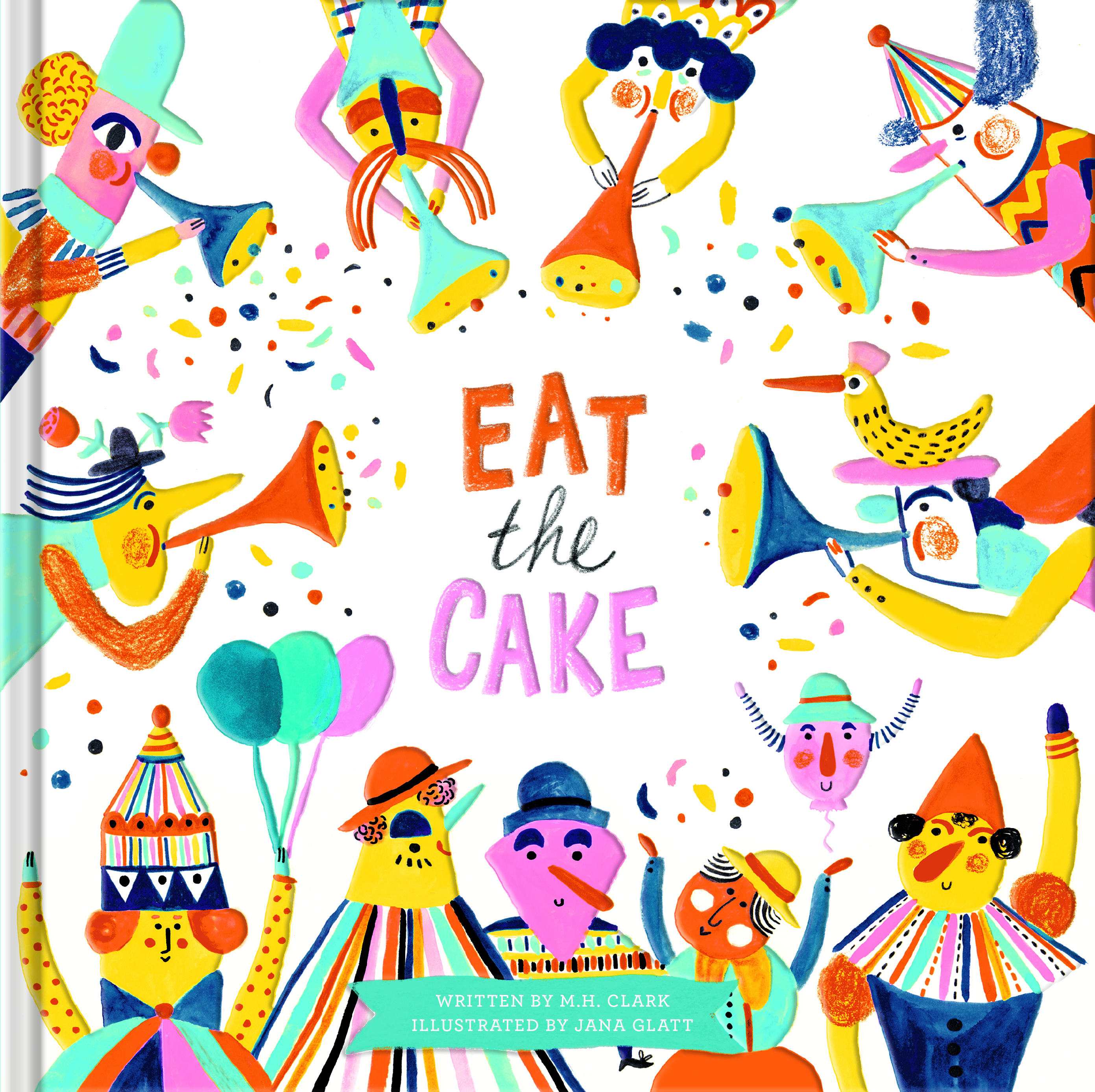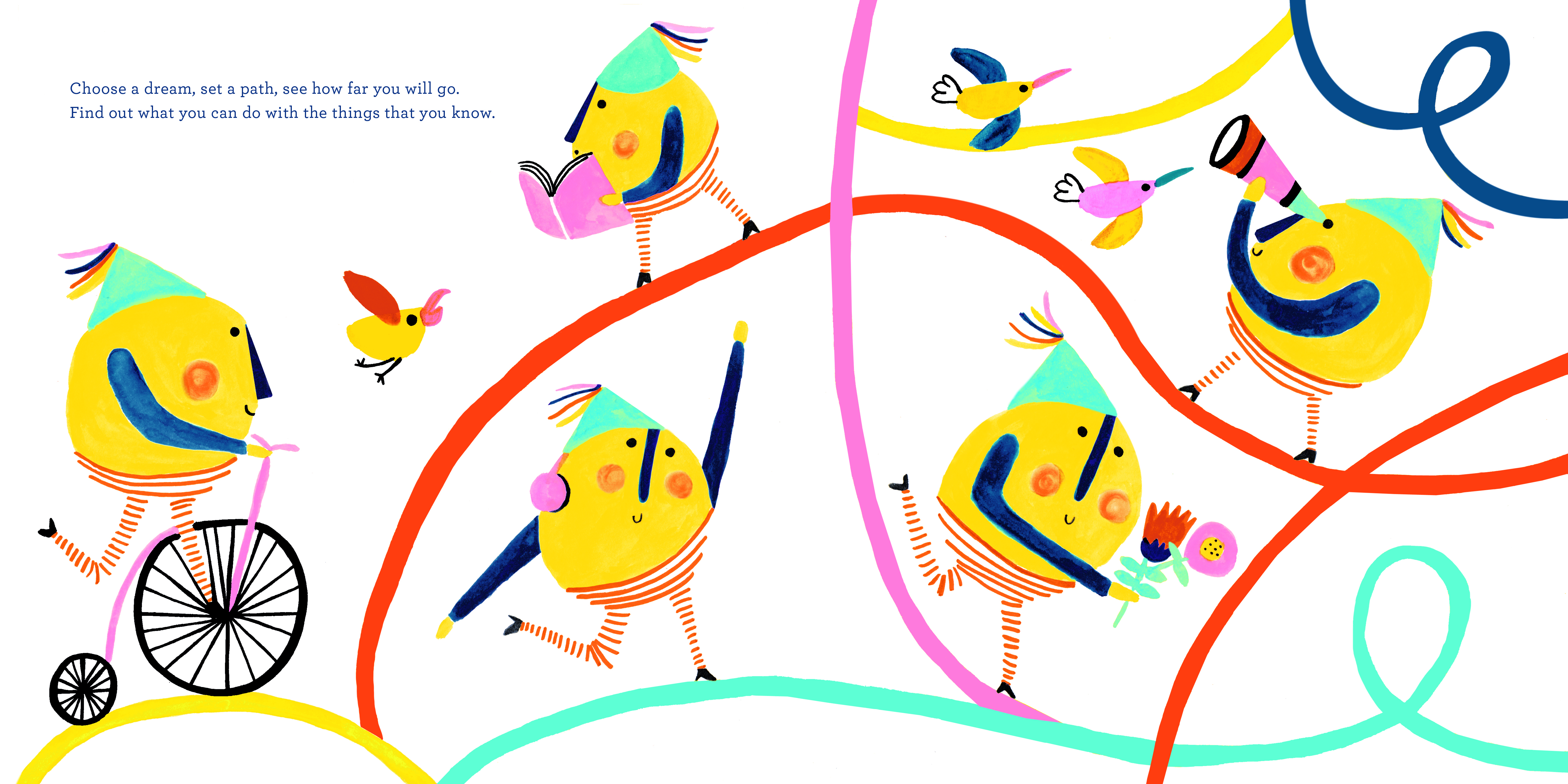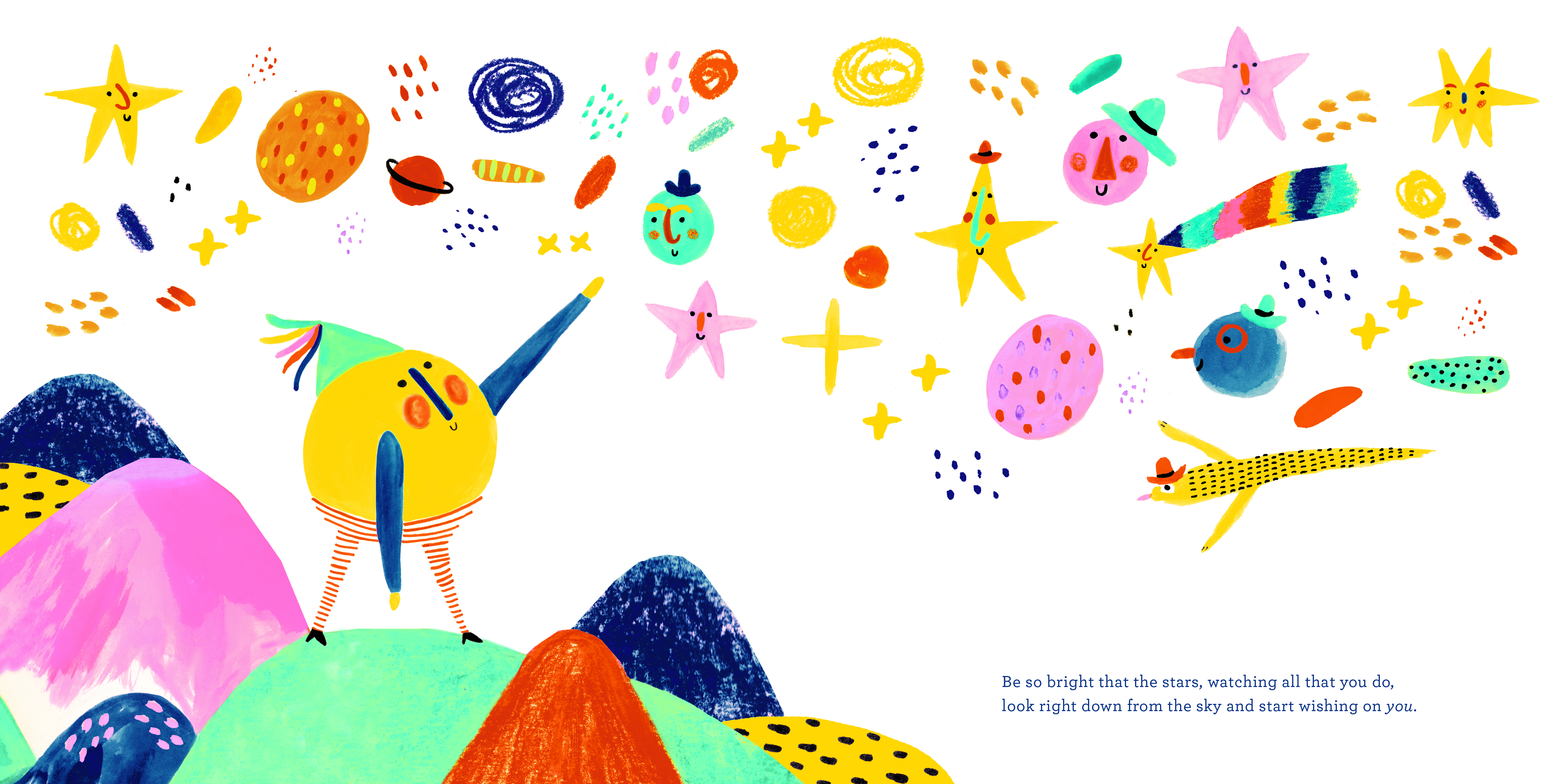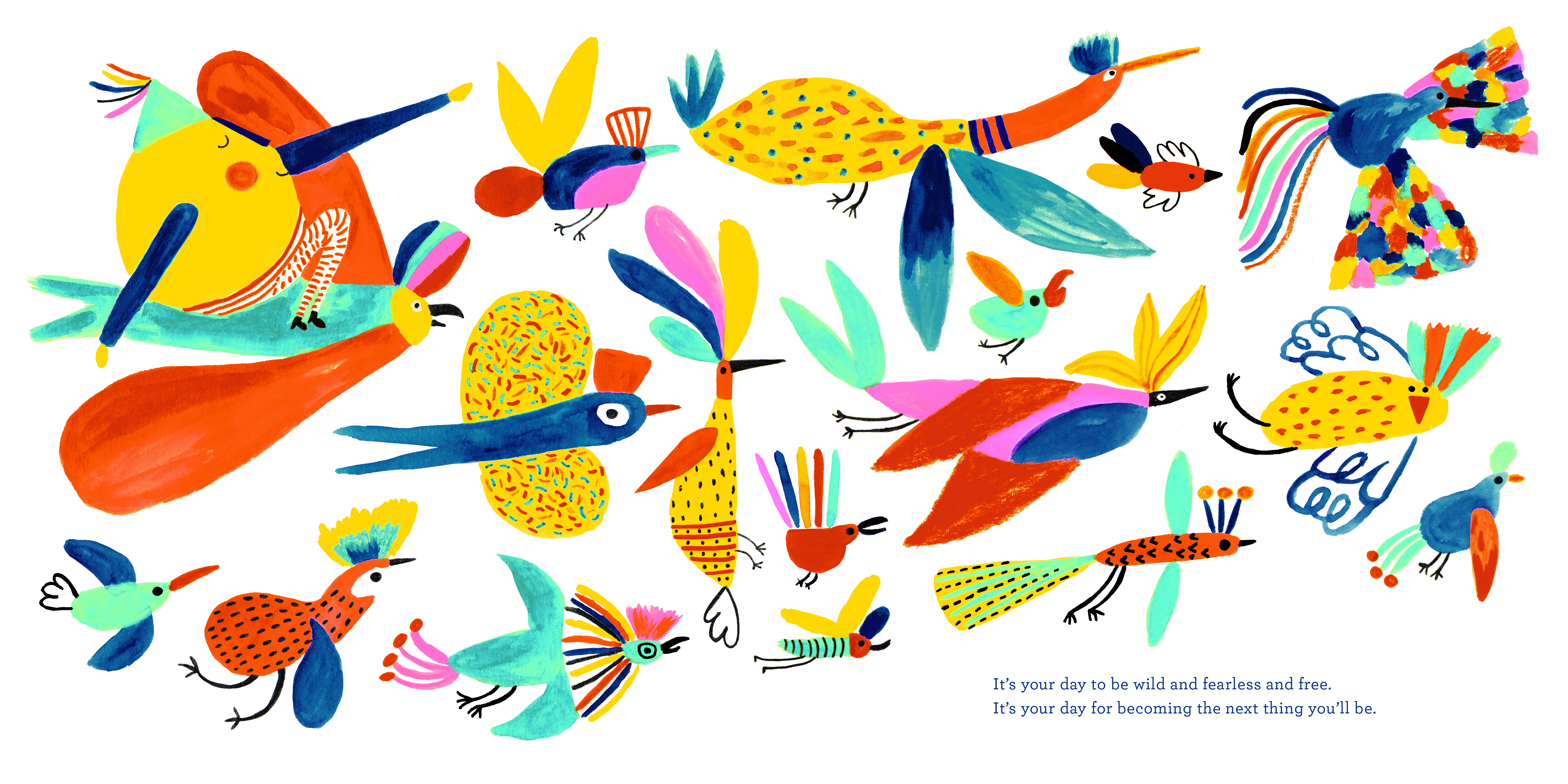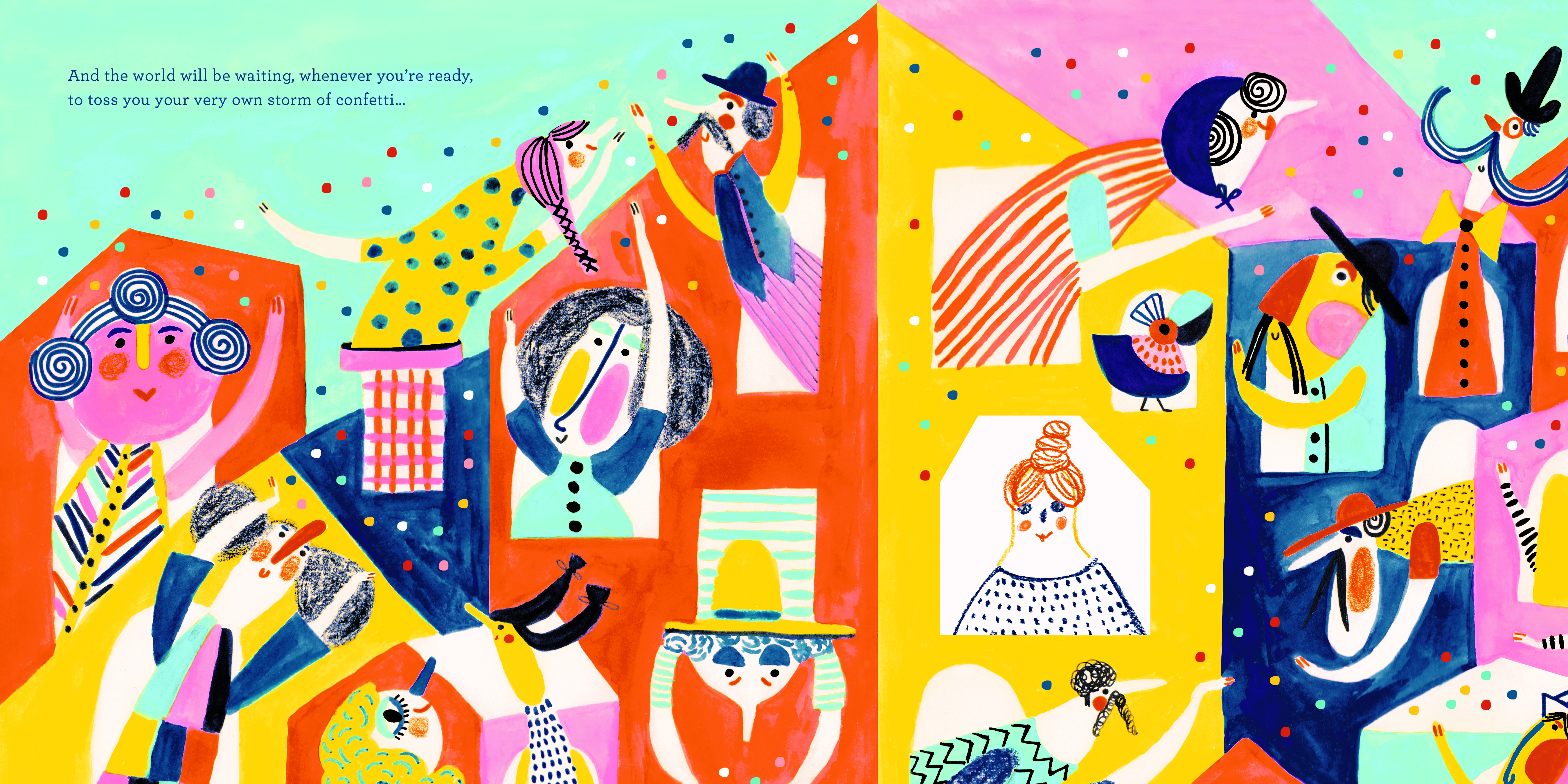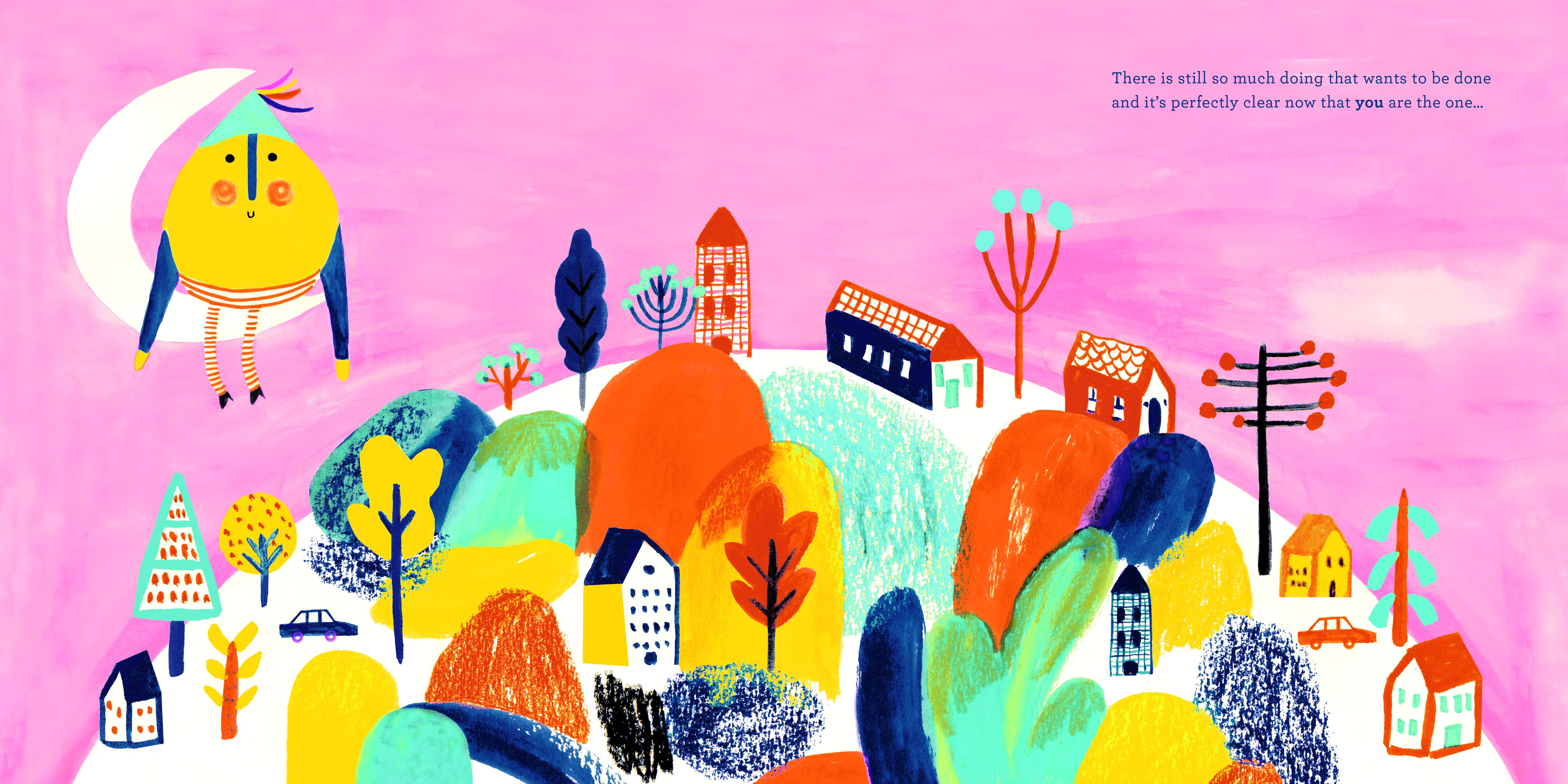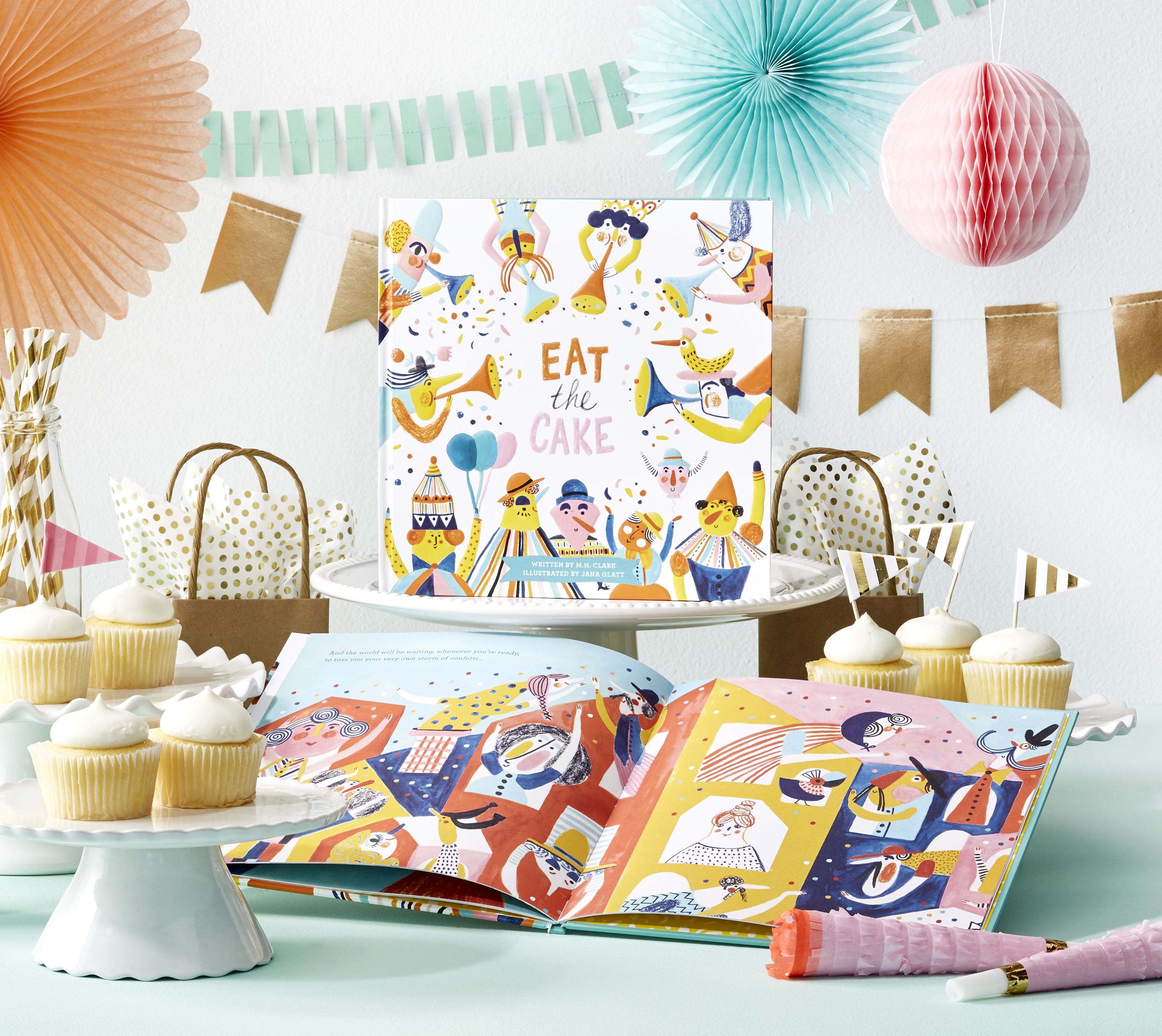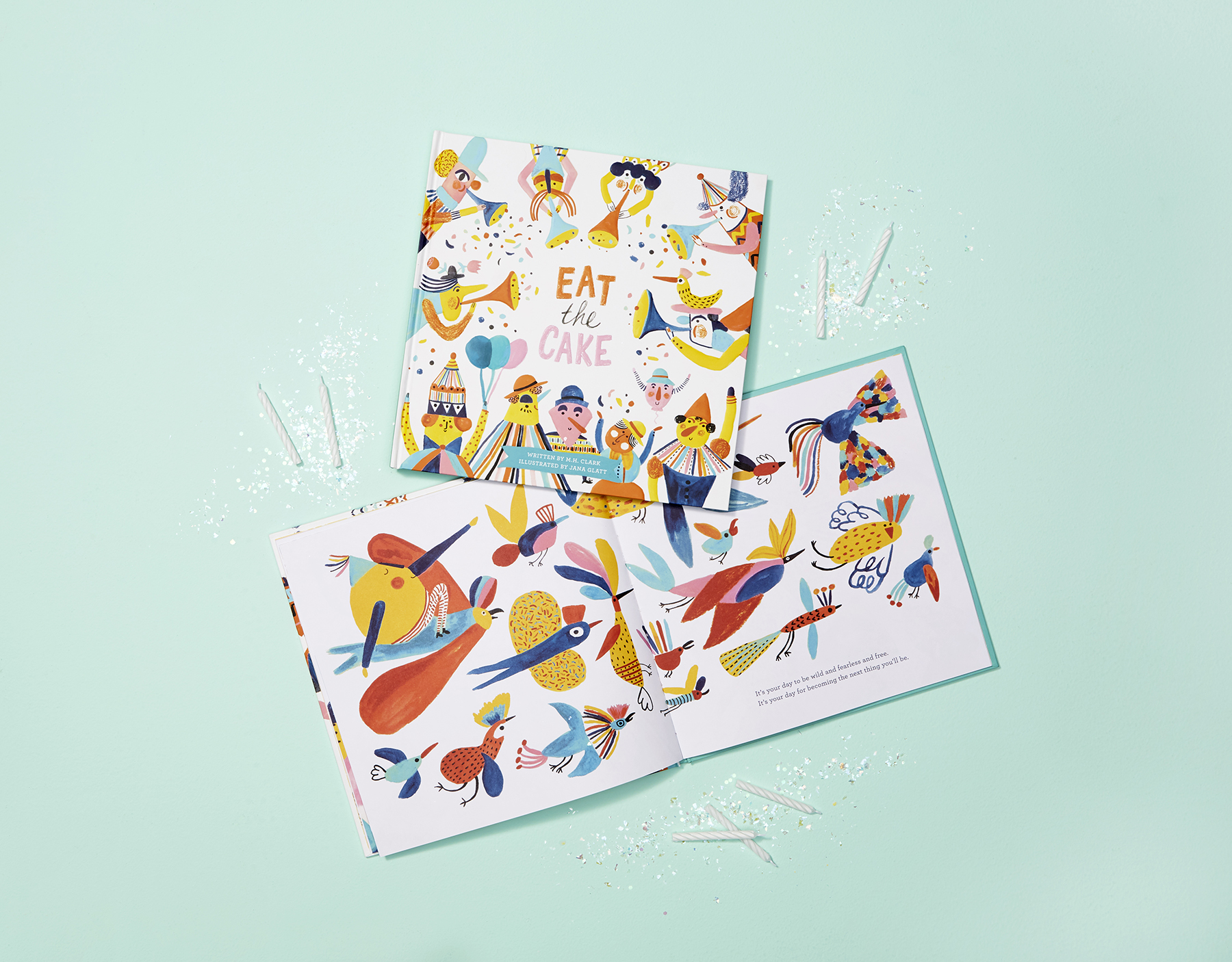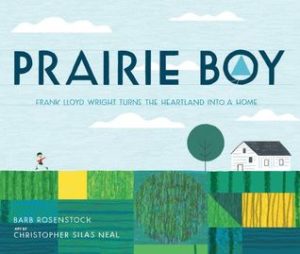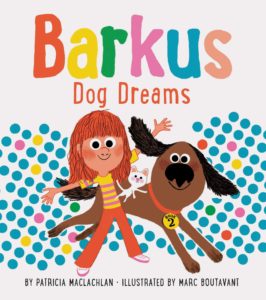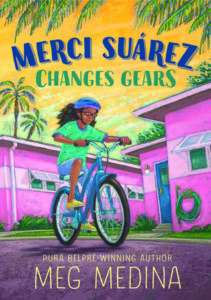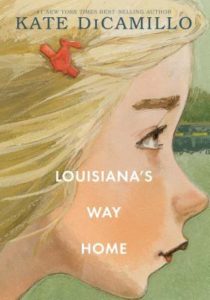Follow That Frog!
Author: Philip C. Stead
Illustrator: Matthew Cordell
Published: February 2, 2021 by Holiday House
GoodReads Summary: When a curiously croaking stranger comes knocking at the door, Aunt Josephine launches into a rambling tale about her lifelong pursuit of a rare giant frog.
Eccentric Aunt Josephine poignantly ignores a stranger knocking at her door as she tells her niece Sadie the story of her time in the jungles of Peru, cataloguing amphibians for the scientific team of Admiral Rodriguez. When the admiral’s son was suddenly swallowed by a giant frog, Aunt Josephine gave chase in a journey which took her around the world.
In the tradition of Philip Stead and Caldecott Medalist Matthew Cordell’s previous collaborations Special Delivery and The Only Fish in the Sea, this is a story full of rambunctious fun and sensationally appealing artwork.
Ricki’s Review: I could not stop laughing as I read this book. This, in turn, made my kids laugh. It was a joyous affair–ha ha! I have not read the first two books in the series, and this book stood alone very nicely. Aunt Josephine’s story is simply fantastic, and this feels like it will be a classic. It’s a bizarre, quirky telling, but this makes it stand out from other books that I’ve read.
The illustrations are absolutely marvelous–not surprising, given the illustrator–and the story is very engaging. The story winds in a way that keeps readers on their toes and feels different and exciting. This book demands to be read aloud to a crowd of children! Adults and children alike will want to read this one again and again.
Kellee’s Review: Philip C. Stead and Matthew Cordell sure have a vivid imagination and silly sense of humor, and this book definitely show that it is true–once again Aunt Josephine takes the reader on a wild adventure! This book strays away a bit from the structure of the first two books in the series because instead of Sadie going on an adventure, Aunt Josephine shares an adventure SHE had from her younger days.
I loved this story because it gave us a bit more insight into Aunt Josephine as we got glimpses not only into her past but also into her home, and it all gives us a bit of an understanding of some of Sadie’s characteristics! I think the easiest way to describe it all is quirky, equally balanced between Stead’s sensational story telling and Cordell’s intricate illustrations.
Teachers’ Tools for Navigation: This book is an obvious choice for read alouds and creative writing classes. I’d also use it with high school and adult readers, too. It teaches excellent examples of craft that could be analyzed richly by all ages and would inspire writing of all kinds.
Discussion Questions:
- How does the story maintain reader interest?
- How do the illustrations pair with the story to make the story more effective?
- Was the ending what you predicted? How does the ending enhance the story?
Read This If You Loved: Special Delivery and The Only Fish in the Sea by Philip Stead; Elephant and Piggie series by Mo Willems; The Frog and Toad series by Arnold Lobel; Pug Meets Pig by Sue Lowell Gallion
Author and Illustrator Interview
What keeps bringing you back to Sadie and Josephine?
MATTHEW: Phil’s had such great ideas and adventures for them, so I was always thrilled to be on board. I love the strange world these characters inhabit and the madcap stories they tell. So much fun to draw!
PHILIP: Sadie and Josephine are two of my favorite characters I’ve ever created. Matt and I talked a lot at the outset about wanting strong female leads that were confident and capable in the face of increasingly ridiculous circumstances. It’s just been so much fun coming up with those ridiculous circumstances and watching how Sadie and Josephine power right through.
Was the original story a collaboration? If not, how did it come to be? And is it more of a collaboration now that you’re on book 3?
MATTHEW: Unlike most author and illustrator picture book team scenarios, Phil and I and our editor Neal have collaborated through and through. Typically, authors and illustrators do not work together to make a picture book come to life. It’s a bit more of a relay race. The author does the first bit with the editor. Then the editor passes the baton to an illustrator to finish up the book. But since Phil and I were friends before Special Delivery (book 1), we always wanted to work together with Neal, so that’s how it’s always been. It’s always been a very natural and organic way of working for us. Can’t imagine it any other way, really!
PHILIP: Ditto that! Really, collaboration is the only way of working I’ve ever known. The only other illustrator I’ve worked with (other than myself) is my wife Erin. Writing work and illustration work are constantly overlapping in our studio and I think that overlap leads to better, more cohesive books. I definitely think many of the weird quirks of the three Sadie books wouldn’t have survived the more normal book making process where author and illustrator work separately on their own little islands.
Each Sadie story has an animal focus–how do you choose which animal(s) will be in the story?
PHILIP: Well, obviously I have a thing for elephants that goes back to my first book with Erin, A Sick Day for Amos McGee. My first book with Matt, Special Delivery, centers around an elephant as well. I love how expressive an elephant face can be. Erin and Matt are both very expressive illustrators, albeit with very different results. That’s probably why elephants came to mind for both of them. Plus, an elephant can really fill up a book page nicely. All the other animal choices are somewhat opportunistic. Like, who wouldn’t want to see Matt illustrate a giant frog riding on the back of a rhea?! A rhea is basically a South American ostrich, for those of you reading that aren’t current on your ornithological studies.
Any plans for more Sadie stories?
MATTHEW: Nothing else is in the works for Sadie, Aunt Josephine, Sherman, and those monkeys. But Phil, Neal, and I (different kind of monkeys?) are already working up a whole different picture book idea now. I’m currently in sketches for this one. And hopefully there will be more books on down the road too. I sent Phil some drawings from my sketchbook a while ago to see if he could pry a story out of them. We shall see!
PHILIP: In Follow That Frog! there’s talk of getting to Paris. I’d love to send Sadie and Josephine to Paris someday. But for now Matt and I are onto something new.
Recommended For:
**Thank you to Sara at Holiday House for providing copies for review!**
